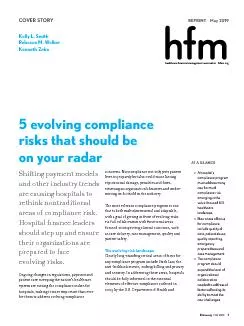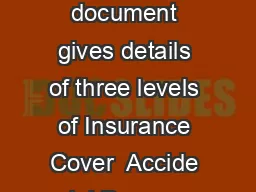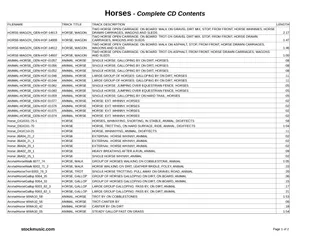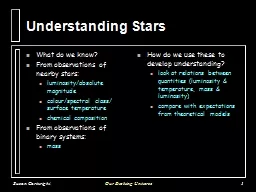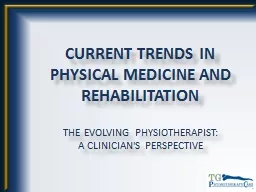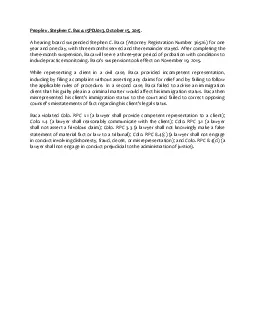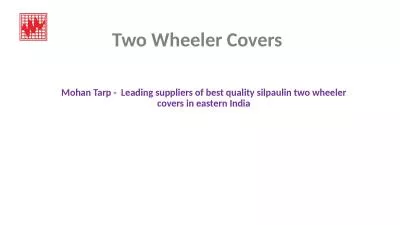PDF-COVER STORYKelly L. SmithRebecca M. WelkerKenneth Zeko5 evolving compl
Author : genesantander | Published Date : 2020-11-20
May 2019 COVER STORYHuman Services HHS O28ce of Inspector General OIGYet it also is critical that hospitals recognize and hardwired datadriven controls and monitoring
Presentation Embed Code
Download Presentation
Download Presentation The PPT/PDF document "COVER STORYKelly L. SmithRebecca M. Welk..." is the property of its rightful owner. Permission is granted to download and print the materials on this website for personal, non-commercial use only, and to display it on your personal computer provided you do not modify the materials and that you retain all copyright notices contained in the materials. By downloading content from our website, you accept the terms of this agreement.
COVER STORYKelly L. SmithRebecca M. WelkerKenneth Zeko5 evolving compl: Transcript
Download Rules Of Document
"COVER STORYKelly L. SmithRebecca M. WelkerKenneth Zeko5 evolving compl"The content belongs to its owner. You may download and print it for personal use, without modification, and keep all copyright notices. By downloading, you agree to these terms.
Related Documents

